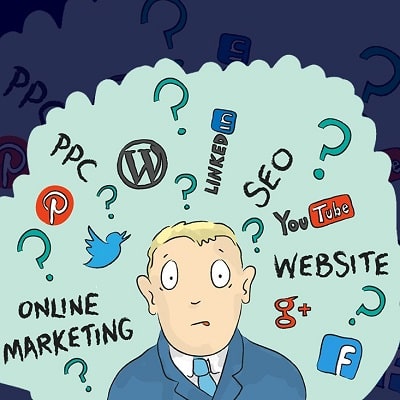
Mastering Your Audience: A Guide to Effective Content Targeting
In the realm of online marketing, the concept of audience targeting is paramount. The right content, directed at the wrong audience, often falls flat, yielding minimal engagement and poor return on investment. This introductory guide delves into the intricacies of identifying and catering to the appropriate audience, a critical step in the journey of successful online promotion. Understanding this concept is not just beneficial; it’s essential for anyone looking to make a mark in the digital marketing landscape, whether you’re a seasoned marketer or a newcomer to the field.
Why Identifying Your Audience Matters
Understanding who your content resonates with is not just a part of marketing; it’s the backbone of any successful campaign. Knowing your audience shapes everything from the tone of your messaging to the platforms you choose for distribution.
The Impact of Audience Targeting on Content
Content that speaks directly to its intended audience is more likely to engage, convert, and foster loyalty. It’s about creating a connection that transcends mere transactions. This relevance is what turns casual browsers into loyal customers and brand advocates.
Profit Maximization Through Audience Identification
Identifying your audience also has a direct impact on your bottom line. By focusing your efforts on the segments most likely to respond, you minimize wasted resources and maximize ROI. This targeted approach ensures that your marketing budget is spent wisely, reaching those who are most interested in what you have to offer.
General Benefits of Targeted Content
Targeting your content to a specific audience streamlines your marketing efforts. It allows you to tailor your message to resonate with a particular group, enhancing the effectiveness of your campaigns.
Enhanced Engagement and Conversion Rates
By catering to a specific audience, you’re more likely to see higher engagement and conversion rates. Your messages hit home, your calls-to-action become more compelling, and your content becomes a powerful tool in driving business goals.

Practical Tips for Choosing the Right Audience
Identifying the right target audience for your content is both an art and a science. It involves understanding market trends, analyzing customer data, and sometimes, a bit of intuition.
Conducting Audience Research
Begin with audience research. Utilize tools like surveys, social media analytics, and customer feedback to gain insights into who is most interested in your content. Understanding demographics, interests, and behaviors is key.
Segmenting Your Audience
Once you’ve gathered data, segment your audience into smaller, more manageable groups. This allows for more personalized and effective marketing strategies, catering to the specific needs and preferences of each segment.
Concluding Thoughts on Audience Targeting
In conclusion, the ability to effectively choose and cater to your audience is a valuable skill in the digital marketing domain. It’s not just about reaching more people; it’s about reaching the right people. By refining your audience targeting strategies, you can ensure that your content is not only seen but also resonates, engages, and converts, ultimately driving profit and success in your marketing endeavors.





